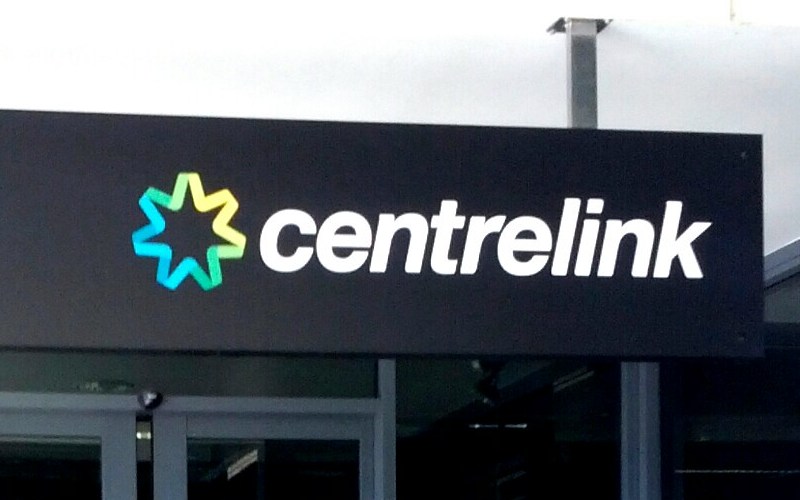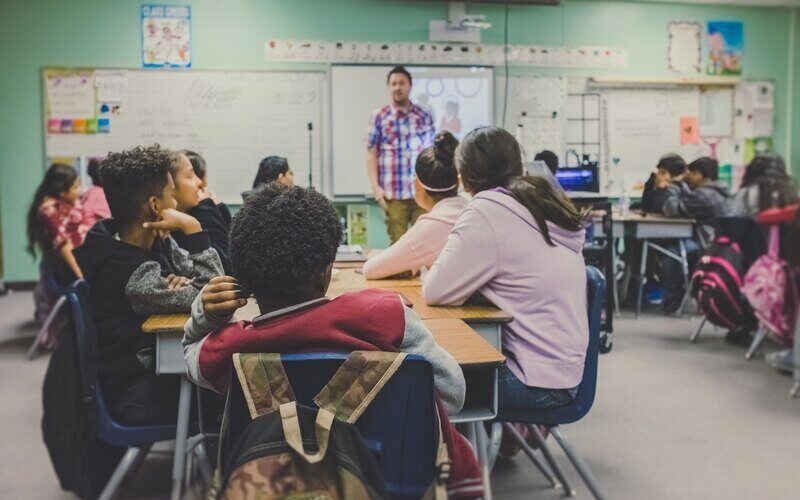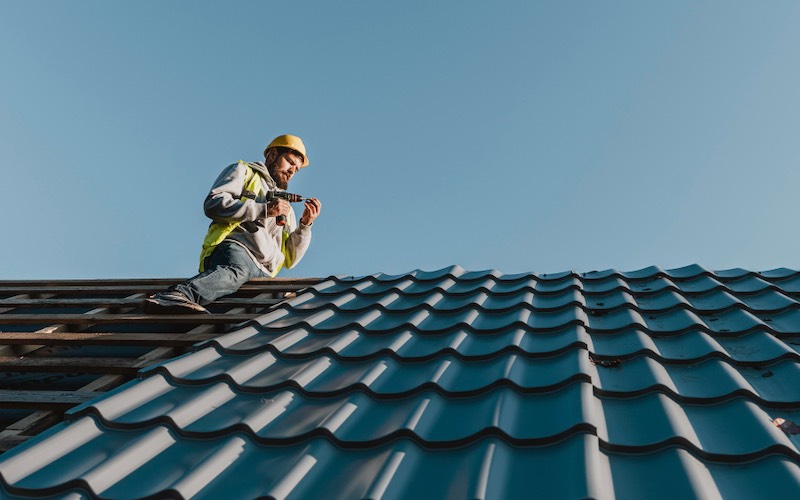Following a hard-fought 2020 which saw hundreds of billions in fiscal support and a whopping $213.7 billion deficit, the Treasurer will announce the budget for 2021-22 amid a stronger than expected economic recovery. While the economy remains under a lot of pressure, the vital signs are looking good:
- Jobs returning faster than expected, with unemployment lower than previously predicted (and JobKeeper’s withdrawal only expected to have a minor impact)
- Higher market prices for Australia’s key exports (e.g. iron ore) giving the nation a pay rise
- Households opening their purses and wallets after a year or so of hard saving
“Adding all that together, Deloitte Access Economics estimates underlying cash deficits of $167 billion this financial year and $87 billion next year,” Deloitte economist Chris Richardson said.
“These are $31 billion and $22 billion, respectively, better than Treasury forecast, with that improvement dominated by better news on profit taxes and personal taxes.
“That’s stunningly good news. The budget is getting better rapidly because the economy is getting better rapidly.”
Moving away from the expected fiscal conservatism approach, Mr Frydenberg has promised another big-spending budget, saying last week the government “won't be undertaking any sharp pivots towards austerity".
"We will not move to the second phase of our fiscal strategy until we are confident that we have secured the economic recovery,” the Treasurer said.
So what’s going to be in this year’s big-spending budget?
While the budget is still yet to be officially announced, various dribs and drabs have already been released to the media. Here’s what we know so far about what’s going to be focused on in the budget:
- Tax relief and superannuation changes
- Jobs
- Housing
- Women and children
- Aged care and pensioners
- Businesses
- Renewable energy
- COVID-19
Anything for tax relief?
According to ANZ economists Hayden Dimes and David Plank, tax cuts are likely to be one of the budget’s ‘big ticket' items, along with aged care (see below). In last year’s budget, the government brought forward ‘Stage 2’ of its planned tax cuts and backdated them to 1 July 2020, worth the equivalent of about $40-$50 extra in paychecks per week.
“The most likely area to see a large policy announcement will be in personal tax, an important feature of this government’s fiscal policy. Though there are a range of options available, the most likely is a further extension of the low- and middle-income tax offset (LMITO), currently set to expire in 2020-21,” ANZ’s economists said.
“ANZ Research thinks it will likely be extended for only one year but it is also possible it may become a permanent feature.”
Westpac Chief Economist Bill Evans and Senior Economist Andrew Hanlan also expect this tax break to be brought forward another year at least, potentially even two years.
“Australians are aspirational and not necessarily opposed to lower tax rates for middle and high-income earners,” they said.
“With the Federal election most likely scheduled for around May 2022 and another Budget likely before then, we cannot dismiss the possibility of the government extending the LMITO for yet another year – making three years of double compensation.”
Related: Modelling shows these tax cuts mostly benefit richer people, men.
What about superannuation?
While not much has been revealed about what the budget will include for superannuation, it’s expected that the government will not interfere with the planned increase of the superannuation guarantee (SG) to 12% by 2025. The SG rate is set to increase to 10% from 9.50% on 1 July 2021, but there was speculation this would be delayed due to concerns about COVID-19’s impact on wages growth.
“When it comes to superannuation, the chances of stopping the superannuation guarantee increase to 10% on 1 July is very low as the deadline is now too close,” Tax Partner at BDO Mark Molesworth said.
“Instead, they may focus on reviewing the timetable for future increases and perhaps look at trading off other changes, such as the base on which contributions are made.”
Anything for jobs?
You can bet your billions of dollars this is going to be a big feature of the next budget. In April the Treasurer said the unemployment rate “needed a four in front of it” in order to lift wages and inflation. Unemployment hasn’t been in the 4% range since June 2011, when it sat at 4.9%, and getting there wouldn’t come without significant investment.
“We first want to drive the unemployment rate down to where it was prior to the pandemic and then even lower,” Frydenberg said.
“We want more people in jobs and in better-paying jobs. This is what our fiscal strategy is designed to achieve.”
Mr Frydenberg’s unemployment goal was supported by the majority of 60 leading economists surveyed by The Conversation, with 21% of them even suggesting an unemployment rate in the low-4s was achievable.
“Investing in jobs poses little risk from an inflation perspective and could deliver potentially huge benefits if that investment is made in productivity-enhancing research, skills and infrastructure,” economist Nikki Hutley said.
“With interest rates at such low levels, investing in Australia's economic future could not be a better decision.”
It’s anyone’s guess what exactly the government will be funding to create these jobs. Westpac’s economists say areas may include: education and training, skills creation, health care, the NDIS, climate change and energy policies, defence investment, infrastructure, and social housing construction.
The government announced the JobMaker scheme in last year’s budget, a $200 per week hiring credit for businesses employing JobSeekers under 35. But as of last month, only 521 jobs had been created through the $4 billion scheme - only 0.1% of the 450,000 projected. This scheme could also be amended.
Anything for housing?
Housing affordability for some has been 'obliterated' during COVID-19, with the median house price rising to almost $900,000 in March 2021.
With major banks such as Westpac predicting more double digit price gains in 2021, the Morrison Government announced several more support measures would be included in this year's budget to the tune of $30 billion:
- The creation of the Family Home Guarantee: 10,000 guarantees made available over four years to single parents with dependents, letting them buy without paying LMI on deposits as low as 2%
- Expanding the First Home Loan Deposit Scheme with an additional 10,000 places in 2021/22
- Increasing the maximum contribution cap to the First Home Super Saver Scheme from $30,000 to $50,000
- Adding an extra $124.7 million in funding for states and territories to bolster public housing stocks and more
"The Government understands the importance of owning your own home and the significant economic and social benefits home ownership provides," Senators Anne Ruston, Jane Hume and MP Michael Sukkar said in a joint statement.
"Supporting more Australians to own their own home is part of the Government’s economic plan to secure Australia’s recovery."
See also: Investors overtake first home buyers in March
Buying a home or looking to refinance? The table below features home loans with some of the lowest interest rates on the market for owner occupiers.
Housing industry spokespeople welcomed this announcement, with the Family Home Guarantee proposal receiving the most attention.
“Builders, tradies, single mums, first home buyers in communities around the country will back the Government in making home ownership a centre piece of the Budget,” CEO of Master Builders Australia Denita Wawn said.
“Overcoming the deposit gap is the greatest barrier to home ownership and these measures will be life-changing for so many people.
"The new Family Home Guarantee will be a revolution in providing single custodial parents, the overwhelming majority of whom are women, with a step up to gaining the security that comes with home ownership."
Social services groups like ACOSS (Australian Council of Social Service) were less enthusiastic about it.
“We are one of the wealthiest countries in the world, yet one in three single parents, overwhelmingly women, live in poverty. This measure will do nothing to help these women and their children, as they struggle to get by day to day, just trying to keep any kind of roof over head," ACOSS CEO Dr Cassandra Goldie said.
“This new scheme will help a handful of middle-income single parents trying to get into Australia’s hugely expensive housing market, which is good news for these families."
National Council for Single Mothers and their Children CEO Terese Edwards however said this measure will make a profound difference for certain groups of women and their children.
"We welcome an acknowledgment of the housing stress that is experienced by too many women. It keeps them awake at night," she said.
"It is particularly bleak for single mother families and older women."
Anything for women & childcare?
One of the biggest pre-budget announcements so far was around the planned $1.7 billion investment in childcare, which will aim to ease out-of-pocket childcare costs by subsidising up to 95% of it for families with two or more children from 2022. It will also remove the $10,560 per-child cap for subsidies.
According to the Treasurer, this will benefit more than 250,000 families and will help add 40,000 extra workdays to the economy, primarily among women. Minister for Women’s Economic Security Jane Hume added these measures will help close pay and participation gaps.
"The measures announced are specific and targeted; designed to help women who have had a second child return to the workforce so they can continue to progress their own careers and contribute to Australia’s economy,” Ms Hume said.
This commitment has been generally well-received so far, with the Grattan Institute’s Danielle Wood saying it tackles “some of the worst out-of-pocket costs and workforce disincentives”. However, criticisms still remain over it being limited in scope.
“Almost 1 million families now use child care, and many would like to work more if they could afford to do so. A broader policy supporting more families would have much larger and more widespread economic benefits,” Ms Wood said.
“Of course, it would cost more too, but our research shows such an investment can be expected to deliver a boost to GDP of at least twice the cost.
“This is a step in the right direction, but much more needs to be done to create a system that truly supports women’s workforce participation and long-term economic security.”
Keep a lookout for other women-friendly budget items in the budget, based on what various experts have asked for:
- The Law Council of Australia wants an extra $370-390 million annual investment for legal assistance services
- An extra $1 billion annual investment to fill the gaps in preventing domestic violence
- An increase in rental assistance, which would significantly help struggling and homeless women
- Increased grants for female-led industries, some of which (like retail, hospitality etc.) were hit hardest by lockdowns and restrictions
- Making superannuation payments on paid parental leave
Anything for pensioners & seniors?
Aged care
Another of the ‘big ticket’ items we already know to be included is a substantial increase in funding for aged care, which has been a big news item of late following various COVID-19 failures and the release of the Aged Care Royal Commission Final Report. Following the release of that report, Prime Minister Scott Morrison said the government’s response would be at the heart of the budget, and the government will reportedly commit more than $10 billion over four years ($2.5 billion per year) to improve the sector.
However, the final report identified a $9.8 billion annual gap in funding, so that $10 billion-over-four-years figure would fall short of what is required. While more details will emerge, aged care bodies like Councils on the Ageing (COTA) and research bodies the Grattan Institute want to see the following in the budget and beyond:
- Increased transparency from aged care providers, minimum staffing levels
- Wage increases for workers
- A new independent regulator and rights-based Aged Care Act
- A potential 1% aged care levy on taxable income, and closing tax loopholes to help pay for it
- More of the value of the family home to be included in the Age Pension assets test
- Superannuation earnings in retirement should be taxed at 15%
The age pension
A majority of Australians believe the age pension should be increased, with the Australian National University (ANU) finding seven out of 10 (70%) believe the current age pension of $944.30 per fortnight for a single person isn’t high enough.
2020 was the first year the age pension saw no increase, and there was a minor $8.40 a fortnight on 20 March 2021 in line with inflation. In last year’s budget, pensioners received an extra $500 spread out over several months. There is currently no word on whether pension and carer rates will see a further increase in the budget, but it seems unlikely, as does any news of a cash bonus.
Anything for small businesses?
Some of last year’s budget measures for small businesses included tax incentives like the accelerated depreciation allowance and the instant asset write-off, and these appear to have worked well. According to Westpac, businesses are lifting equipment spending, while NAB’s monthly business survey found confidence among businesses is at a 10-year high.
Already announced ahead of the budget is a tax relief for small brewers and distillers, which should be great news for alcohol lovers everywhere. Roughly 1,000 brewers and distillers can get $225 million worth of tax relief, as from July 1 the government is removing all excise tax payable on the first $350,000 worth of alcohol leaving the alcohol producer's warehouse.
“The Morrison Government is committed to assisting local manufacturing businesses to grow, create jobs and support Australia’s economic recovery,” Assistant Treasurer Michael Sukkar said.
Expect a bit more business support to come.
“On Budget night we also may see changes to Capital Gains Tax (CGT) rollovers to incentivise business restructures and changes to CGT discount to a lower amount,” BDO’s Mr Molesworth said.
Anything for climate change?
For those interested in green energy, the spotlight has been on the Prime Minister over the climate summit hosted by US President Joe Biden. Prior to the budget being announced, the PM vowed to commit an extra $539.2 million to 'clean energy projects, while also paying for the construction of a gas-fired power station in NSW:
- $275.5 million for four more hydrogen productionhubs
- $263.7 million towards carbon capture and storage(CCS) projects
According to Mr Morrison, this will create up to 2,500 new jobs.
“Cheaper energy from new technology that meets our emissions reduction commitments means lower costs to businesses so they can keep employing Australians and grow jobs for the future,” he said.
But The Australia Institute’s Climate & Energy Program Director Richie Merzian said these announcements are just more support for fossil fuel companies, which the Institute estimates to cost Australian taxpayers about $20,000 per day in direct subsidies.
"The announcements are a poor showing ahead of the Biden summit, when so many countries are making substantial increases to their climate action and targets in the next 10 years," he said.
"By 2030, the US will likely halve its emissions, the UK cut by over two-thirds and Australia is sitting on only 26% cuts and more money for fossil fuels."
Mr Molesworth meanwhile said he would want “further investigation” on the continuation of the luxury car tax (LCT), which has had a “direct impact” on the uptake of electric vehicles.
Anything for COVID relief?
Finally to the invisible elephant in the room: COVID-19. The pandemic will undoubtedly feature near the top of the government’s priority list, as will the vaccine rollout, already well behind schedule. According to the ABCs vaccine tracker, the current pace of 375,000 doses per week will see every Australian get their two shots by April 2023, about 18 months behind the original October 2021 target.
“It’s unlikely, at this stage, delays in the COVID-19 vaccine rollout will cause material adjustments to the economic and fiscal forecasts. Despite significantly hitting some sectors and businesses, it probably won’t disrupt the overall economic recovery,” ANZ’s economist said.
“The further 20 million doses of the Pfizer vaccine recently ordered will cost over $A500 million. It also looks like there will be support provided for domestic companies for vaccine production to help combat future pandemics.”
Westpac’s economics team meanwhile predicts another COVID response package worth up to $5 billion in 2021/22.
“Against that backdrop, further initiatives in response to Covid are necessary and likely – with a focus on those industries most impacted by the continued closure of the border – such as tourism and education,” Westpac said.
Image via Josh Frydenberg, Twitter (@JoshFrydenberg)







 Harry O'Sullivan
Harry O'Sullivan
 Denise Raward
Denise Raward

 Emma Duffy
Emma Duffy
 Harrison Astbury
Harrison Astbury

